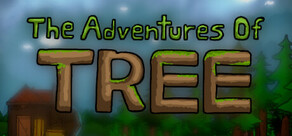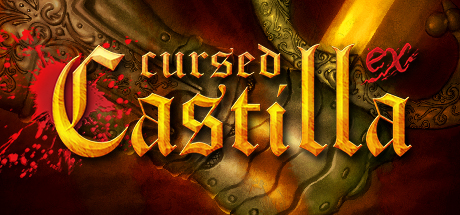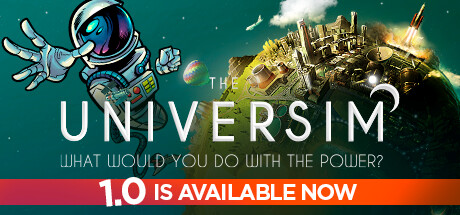I beat The Turing Test, which is a first person puzzler closest to Portal 1/2, The Talos Principle, Q.U.B.E., etc. I thought it was quite good, better than Q.U.B.E. and probably not quite as good as the other games, but that's still great company. It's about 4-5 hours long, consists of roughly 70 puzzle rooms (some of which are basic tutorials). I would say there's probably some room for trimming fat but in general every room worked really well.
The base mechanics are as follows:
- Doors, elevators, robotic arms, conveyor belts, and other items can be powered or not.
- Some items are powered by the wall through uninterruptible power
- Some items are powered by energy balls, which fit in sockets. You have a gun that can remove energy balls and can fire them back at stuff. You can store up to 3 in your gun.
- Some items are powered by portable energy boxes, which you can pick up and move to other sockets, but not climb ladders with or throw.
- Sockets can interchangably use energy balls or sockets, so swapping them out can often help you deal with other parts of the puzzle.
An example very easy puzzle would be that you have two doors in a row each powered by a single socket. But you only have one energy ball. So you put the ball in the socket, walk through the first door, look out a window back into the room, use your gun to absorb the energy ball (closing the door and trapping you in the second room), and then putting the energy ball in the second door.
The game takes place on a Europa research base where you are attempting to make contact with the crew. You get your mission from T.O.M., an AI on your spaceship. As you walk between rooms, your player character has a conversation with T.O.M. which starts out to be small talk and ends up being philosophical about the nature of humanity and morality. Ultimately I think these elements were engaging and enjoyable but not quite as literate or sharp as Talos or Portal.
The game is broken up into 7 sections of 10 puzzles. After the 6th puzzle in each section there is an optional hidden room which rely on one-off, discarded, or sneaky versions of mechanics. After the the 10th puzzle in each section you can explore a part of the Europa base like the crew quarters, bio lab, etc. During the exploration segments you can either run through or pick up objects (with a Gone Home-like 3d model view), listen to audiologs, and piece together what happened. These tell a pretty interesting story, although its resolution is a little bland. There are at least two endings, but both are superfluous.
Most puzzles require planning rather than precision execution; none require wrestling with a physics engine and only a few require reasonably fast timing windows. I appreciated this because I hate knowing how to solve a puzzle and screwing it up due to aim or physics garbage. This made the game feel smooth and fair the whole time.
It looks very clean and nice to look at; the score is lovely and haunting and really sets the mood; and at the current $13 price I think it's a great value to recommend. There is not much room for replay after you beat it (puzzles really only have one solution) but the first of 7 optional rooms can't be beaten until you get a code from nearer to the end of the game and there's a few easter eggs in the pre-game prologue which also require codes from nearer to the end of the game. In general, I would guess 4-5 hours for people who are quick and 7-8 for people who are slow.







